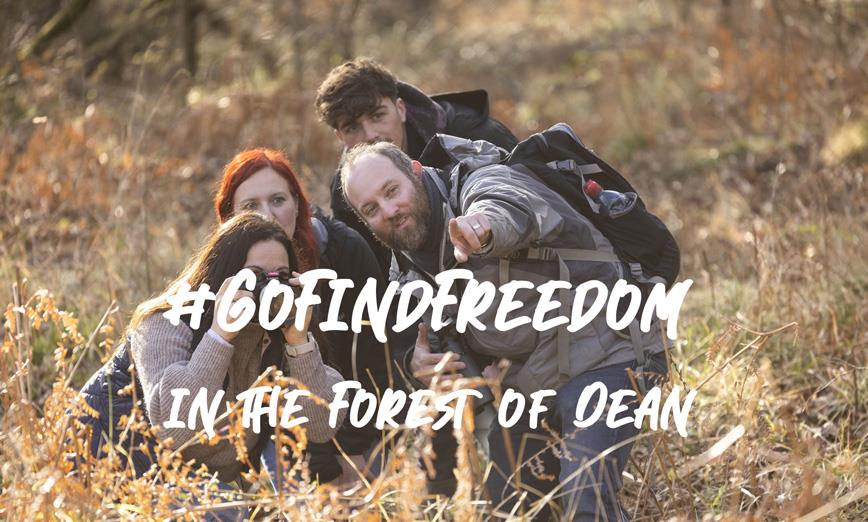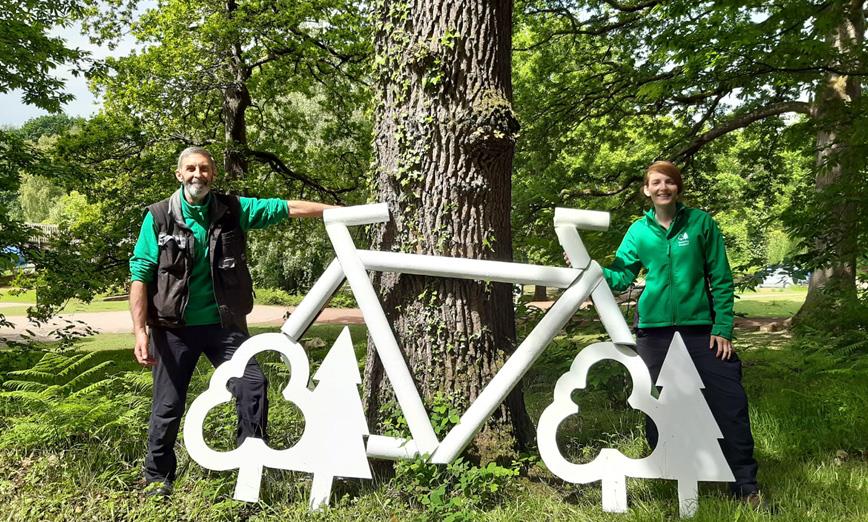- Stay
- What's On
- Things To Do
- Food & Drink
- Explore
- Inspiration
- Offers
- Weddings
- Blog
My Planner
- Stay
- What's On
- Things To Do
- Food & Drink
- Explore
- Inspiration
- Offers
- Weddings
- Blog
You are here: Explore > Nature & Wildlife > Boar
Boar were once common in the Forest of Dean and were hunted for food. In medieval times, boar from the Royal Forest were supplied for the king's table - there is a record of an order for 100 boars and sows for a Christmas feast in 1254. Boar are thought to have become extinct in Britain not long after this, some time in the 14th century as did the wolf, their natural predator.
The farming of wild boar in Britain became fashionable in the 1970s but was not particularly profitable. In 1999 boar escaped, or were released, from a farm near Ross-on-Wye. In 2004 a group of about sixty farm-raised boar were dumped near Staunton. Boar are now feral throughout the Forest of Dean.
Seeing Boar in the Forest of Dean and Wye Valley
Although there are now boar across the Forest of Dean, it is very rare to see them. You will mostly see the results of their nose-work after they have been turning over their soil with their snout and teeth. They are brilliant excavators, searching for plant roots and tubers, fungi (including truffles), nuts, seeds and invertebrates. They are mostly secretive animals, coming out at dusk and feeding throughout the night. You might still find some during the day, particularly between the end of February and September, when female-led groups have young.
Wild boar are found all across Europe and are important in helping to keep woodland soils aerated and well drained; they are good at developing a varied woodland structure, helping to dig up brambles and bracken which can suffocate and block out light to small woodland flowers and saplings.
As you walk through the forest look for their footprints. Boar are hooved animals and produce footprints with slots. Deer produce similar footprints though these are usually more narrow and smaller. Boar poo looks a little like horse manure. Boar love to wallow in muddy clay pools to keep cool. Alongside footpaths you may see long-lasting puddles full of clay mud and footprints. Nearby trees are often coated in mud where the boar have a good scratch against the bark.
Groups of wild boar are usually female-led groups, with older, wiser matriarch females leading them. Male boar will be by themselves or in small male groups. The older females give birth in early spring; they make nests amongst the leaf litter and bracken. Once the stripy young - known as humbugs - start to explore they will feed throughout the day. Younger females give birth in later summer and so you may encounter small piglets during July and August too.
Encountering Boar
If you come across boar they are most likely to run away; they are secretive and largely nocturnal. If you encounter wild boar whilst out in the Forest you can enjoy watching them by staying still and keeping your distance. Sometimes a boar may come a little closer - they don't have particularly good eyesight and may want to get a closer look at you or a better smell if the wind is in the wrong direction! So that they carry on without being disturbed, leave the area by the same route you approached or make a detour to give them a wide birth.
Please be aware of the following:
- Do not feed wild animals. This keeps them in the forest and avoids them becoming tame.
- Take any food and litter away with you so the boar don't find it. Put bins out on the day of collection only. Keep gates closed.
- Keep your dog under close control and on a lead if it cannot be called to heel - boar are strong animals and some have tusks and can fight if they feel threatened, particularly if they have young (just like cows). This will help reduce disturbance to other wildlife too. If your dog chases a boar stay at a safe distance and continue to call the dog back, do not approach the boar or interfere.
- Do not walk through dense undergrowth. Staying on the main tracks and pathways will allow the boar to feel safe at their breeding and resting sites and make it less likely sows with young get spooked or become defensive.
- Boar love to feed along road verges and will often cross roads at night. Keep to the road speeds or slower to avoid colliding with boar. If you see one, slow down and expect more to cross the road.
Find Out More About Our Nature & Wildlife
Find Your Freedom
- From the 20 million trees in the Forest of Dean to the 58 mile long Wye Valley AONB, our natural beauty, dramatic landscapes and plethora of flora and fauna are what make our area so unique. You can walk for miles along glorious paths and see a wide range of local plants, trees and animals.
- We have a wide range of wildlife here in the Forest of Dean and Wye Valley, including deer, boar and birds. Find out about the animals which live here and where you might be able to spot them on your visit.
- There are three species of deer to look out for in the Forest of Dean and Wye Valley: the fallow, roe and muntjac. There is a good chance of seeing deer particularly once you move away from busy areas.
- The Forest of Dean and Wye Valley is home to a huge variety of birds throughout the year. Some are resident and can be seen in great numbers while others come here for the spring and summer, or autumn and winter. The mosaic of woodland, heathland, bogs and mires, rivers and streams, farmland and grassland habitats provide a rich environment for birds, many of which are nationally rare.
- Our wildlife experiences and nature-based activities are of course abundant here in our ancient forest and wild river valley. Our countryside holds many treasures and we have a wide range of activities and experiences ideal for exploring and learning about our natural world.
- The underlying geology of the Forest of Dean is limestone and sandstone and has resulted in a rich and varied flora. The Forest is home to many wild flowers, from winter snowdrops to spring bluebells, daffodils and foxgloves
©Visit Dean Wye 2025. All Rights Reserved.
*Visit Dean Wye is the trading name of Forest of Dean & Wye Valley Tourism Limited.









